It’s funny how food can have a certain lasting power little else can match.
Surely, lamingtons are a fabulous sponge cake dessert, but that it has monopolized the Lamington name – and a decorated political career to boot – serves as a testament to the power of food.
It kind of makes you feel for Lord Lamington, the former Governor of Queensland and the catalyst for this prized Australian dessert.

Lord Lamington, His Political Career, and Sponge Cakes
Indeed, the lamington (which we’ll explore much more in depth soon enough) is a decadent sponge cake dessert worthy of its popular acclaim, but it’s the story behind its namesake that deserves a bit of a deeper dive as well.
It all began in 19th century Queensland…
19th Century Australia and Queensland
Certainly, broader Australia in the 19th century was an intriguing place to be. When it was first established as a British colony in 1788, it was intended to be a penal colony, and what a magnificent penal colony it was. Between 1788 – the official beginning of British colonial presence – and 1868, over ~162,000 convicts from the British mainland were shipped to the colonies New South Wales, Western Australia and Tasmania.
But by 1820, with the help of lucrative land grants and other incentives, Australia began attracting more and more free settlers, a migratory trend that absolutely exploded with the gold rush of the 1850s. Penal colony Australia was no longer.
During this period of massive change, there was no place quite as active (and in some respects, you might say dangerous) as Queensland.
Originally set out as a penal colony bordering Moreton Bay, Queensland quickly grew into one of the more valuable economic hubs and ports among all the new Oceanic colonies. Even so, the physical remoteness of the Queensland settlements to the centralized New South Wales government caused it to be a bit of an afterthought. By 1851, the settlers of Queensland has successfully lobbied to separate from New South Wales and to be formally recognized as their own colony.
Despite its economic promise and tangible value to the greater Empire, Queensland had its fair share of troubles. Frequent clashes with the indigenous Aboriginal populations – ancient settlers of the land, most of whom were concentrated within the new Queensland boundaries – that led to some of the bloodiest confrontations in Australian history. With frequent massacres of both settlers and Aborigines and corrupt (to say the least) law enforcement, the types of people who took to the Governorship of Queensland could not be of the faint of heart.
You May Also Like….
If you love sweets, you’re going to love our other recipes on a chocolate layered cake with apricot jam from Austria, or a French cherry tart recipe made from scratch with cherries.
If you appreciate bread, you’ll also like our biscuits recipe – it’s a New Zealand rolled oats crisps recipe you’ll love.
Enter Mr. Cochran-Baillie
This is where we’ll first meet Mr. Charles Wallace Alexander Napier Cochran-Baillie, also commonly known by his aristocratic name, Lord Lamington. From 1896 to 1901, Lord Lamington served as the eighth Governor of Queensland, during which time this ever famous dessert was created.
Before diving into the various tales of the lamingtons’ creation, it’s important to note that Lord Lamington actually held a fairly distinguished political career outside of creating namesake desserts. By the accounts we’ve read, he seemed to be fairly forward thinking in his leadership, often going against mainland Imperial decree in the name of tolerance and acceptance for all within Queensland. Especially for a colony with a lot of issues with ethnic infighting, this was a good thing.
After his post in Queensland ended in 1901, Lord Lamington served as Governor of Bombay for the Empire as well. His most lasting legacy, however, remains rooted in his work promoting tolerance and peaceful ethnic coexistence both in Queensland and other Oceanic territories like Papua New Guinea.
And, of course, he has the legacy of the lamingtons dessert.
The Advent of Lamingtons
And now… onto the lamingtons dessert itself and how it came to be named that way. As with any tall tale surrounding a popular food, we’re about to entertain several versions of the story.
Most stories, however, do involve one main culprit for the creation of the first lamington: the Governor’s French born chef, Armand Galland. In one tale, Chef Galland was scrambling to find a delightful and innovative dessert to serve to unexpected guests from Europe to see Lord Lamington in 1901. In a creative move, Mr. Galland cut up some leftover French vanilla sponge cake from the previous day and, in order to mask its “leftoverness,” dipped the cut pieces into melted chocolate. At the suggestion of his Tahitian wife, the chef then cleverly sprinkled grated coconut over the melted chocolate to add a “local” and “exotic” flair. The dessert turned out to be a smash hit, and word of the “Lamington dessert” began its spread from there.
Another tale, however, speaks to a slightly less deliberate invention of this yummy tea cake. In the other theory, Chef Galland was caught having accidentally dropped a block of sponge cake into a dish of chocolate. Rather than have the chef throw it away, however, Lord Lamington suggested sprinkling some grated coconut over the chocolate to make it again edible without any of the messy finger nonsense. The tea cake turned out to be better than expected, and it became a favorite in the Lamington household as well as for guests.
Then there’s the theory that Lord Lamington actually hated this dessert and would even refer to it as those bloody poofy woolly biscuits, but there’s really only so many theories we can entertain in one post…
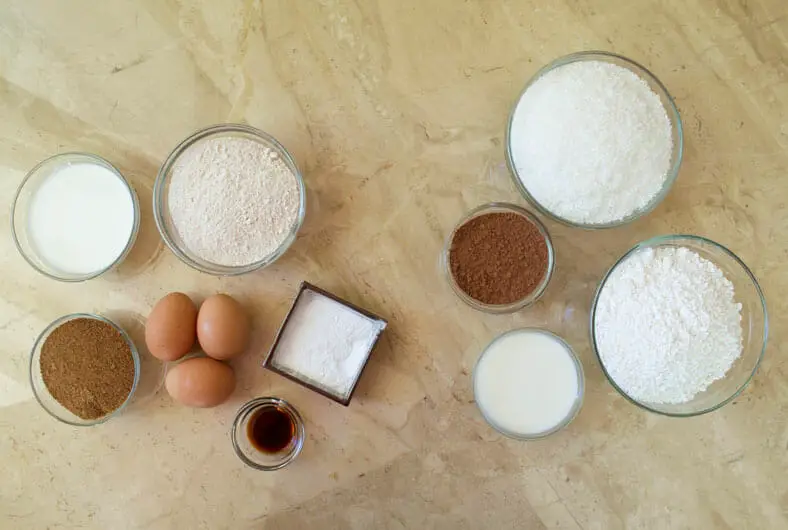
About the Recipe
As the legends make pretty clear, there are three separate components that go into creating the delicious lamingtons dessert: the sponge cake, the melted chocolate, and the grated coconut outside.
The Sponge Cake
First, we’ll look at the sponge cake, which is perhaps the least exciting but the most instrumental piece of the entire lamington. As opposed to most other batters where the wet mixture goes into the dry mixture, the key to a really light and fluffy sponge cake is to do the reverse.
To start, you’ll first want to whip together your butter and sugar rapidly together. Whipping these two ingredients together gets you a nice and airy whipped butter that will distribute evenly throughout the sponge cake as it bakes. The more you whip the butter, the better, so you’ll want to be sure to be very slow, purposeful and meticulous in this particular part of the process.
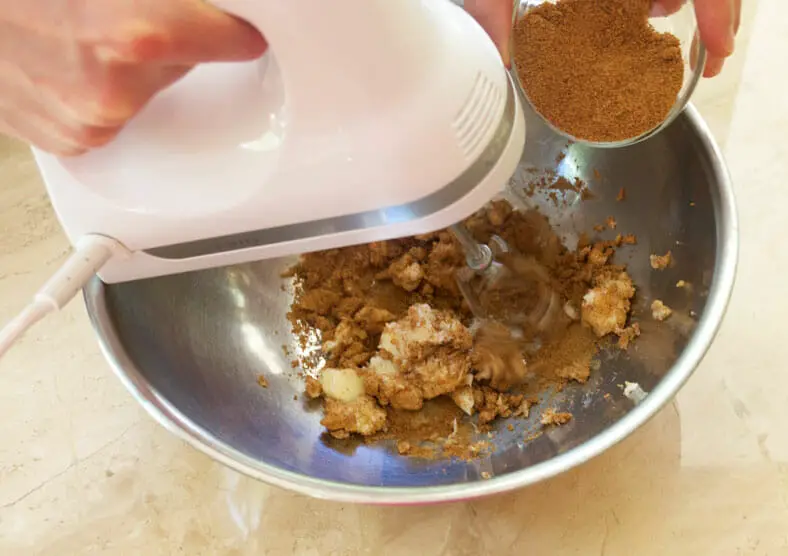

Once you have your whipped butter, you’ll continue to create your “base wet mixture” by adding in your eggs. You’ll want to add the eggs in only one at a time and, with each addition, to mix everything well together. Only once you’ve beaten the previous egg in well do you add the next egg. Rinse and repeat until all your eggs are gone, and then you have yourself your baseline wet mixture.


Now we can work to integrate the flour, although you’ll want to not add everything in all at once. Add your flour in bit by bit until you’ve put in half of your total flour. Once you’ve added half, you’ll add your milk and baking powder as a brief “intermezzo” before continuing to add the rest of your flour.
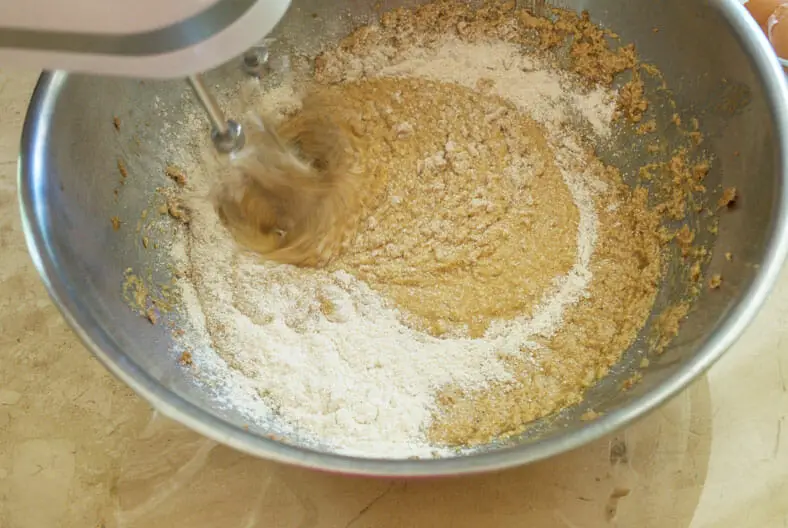


Once you have, you’re done! Simply pop your sponge cake batter into a cake pan and into the oven, then you can focus on the next piece of the lamington puzzle: the icing.
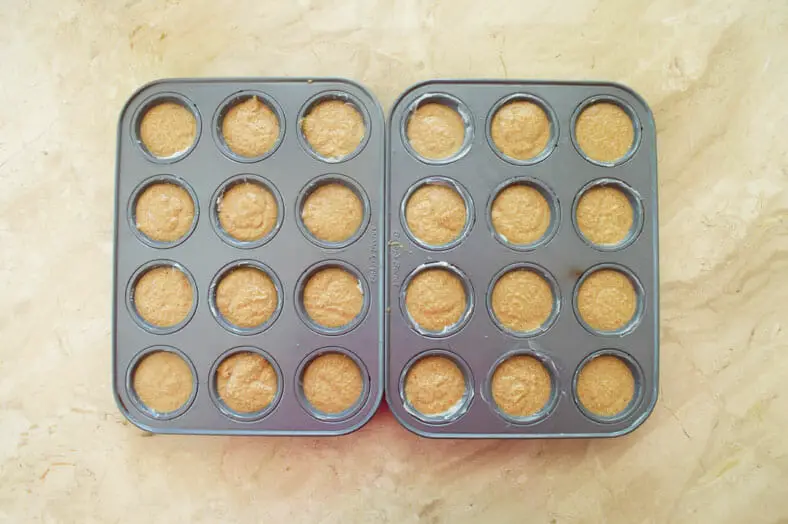
The Icing
Making the lamington icing itself is actually incredibly simple, but it is nonetheless a very delicate process.
To start, you’ll want to melt some butter and warm your milk over a small saucepot over some heat. Once the butter has melted and mixed in with the milk, you’ll want to quickly remove the saucepot from the heat as you begin to stir in your cocoa powder. The key here is to move relatively quickly, though, as you want to incorporate the powdered sugar while the overall mixture is still hot.
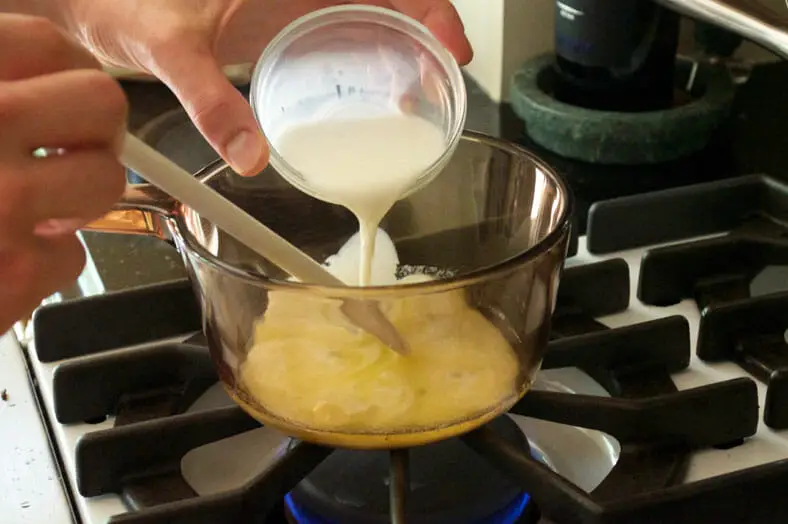
For icing in general, the key to getting a nice, decadent and rich consistency into the icing does come from powdered sugar. After the cocoa has been mixed in, you’ll quickly thereafter add your powdered sugar and mix thoroughly as well. Between your mixing and the residual heat from the stovetop, your goal here is to get rid of any clumps of sugar and as smooth an icing as possible.
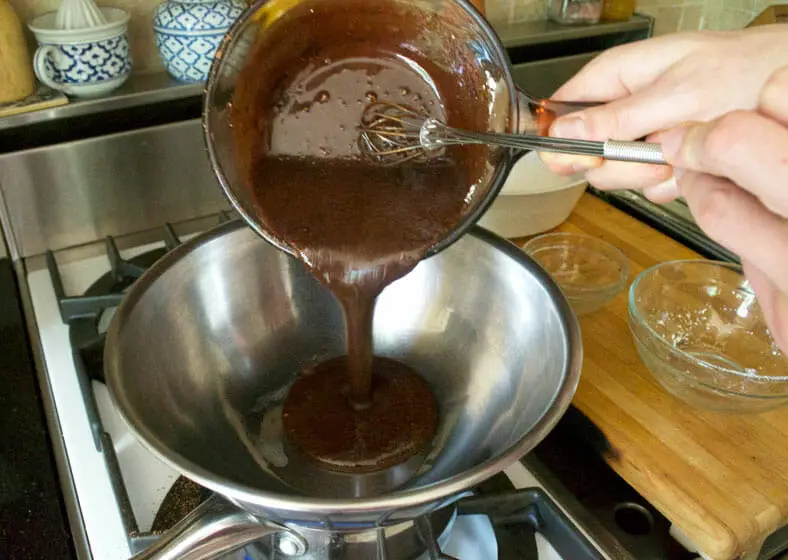
Once you’ve made your icing, you can transfer it from your saucepot and into a bowl. When it comes time to dip the sponge cake into the icing, you’ll want to reheat the icing ever so slightly but not over direct heat. Instead, take your bowl of icing over a pot of boiling water to create a bain-marie to keep a gentle heat.
With your icing ready and your sponge cake ready to come out of the oven, we can take a look at the final variable in the lamingtons equation: the shredded coconut.
The Shredded Coconut
To make this as quick and efficient a process as possible, you’ll want to set up a sort of “assembly line” between your sponge cake, the chocolate icing, the shredded coconut and a cooling rack.


To start, you’ll take a piece of sponge cake and dip it into the icing. Let any excess icing drip off (the cake will absorb enough icing as is) then very swiftly roll the cake into a plate of your coconut flakes. With the icing still warm and not yet hardened, coconut flakes will stick to cake. Roll all sides of the cake through the coconut, then move the cake the cooling rack for everything to harden.

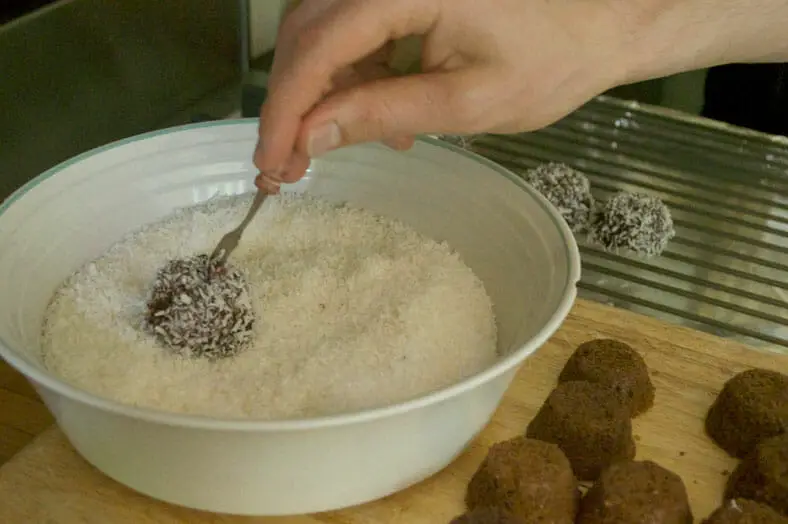
A quick note here that we would suggest you get pre-dried and pre-grated coconut. If you do feel like doing everything from scratch, then all the more power to you, but it does add a bit more complexity and time to the overall process. It’s just that much easier to have everything pre-done for you.
And that’s it! Your lamingtons are good to go after this process.
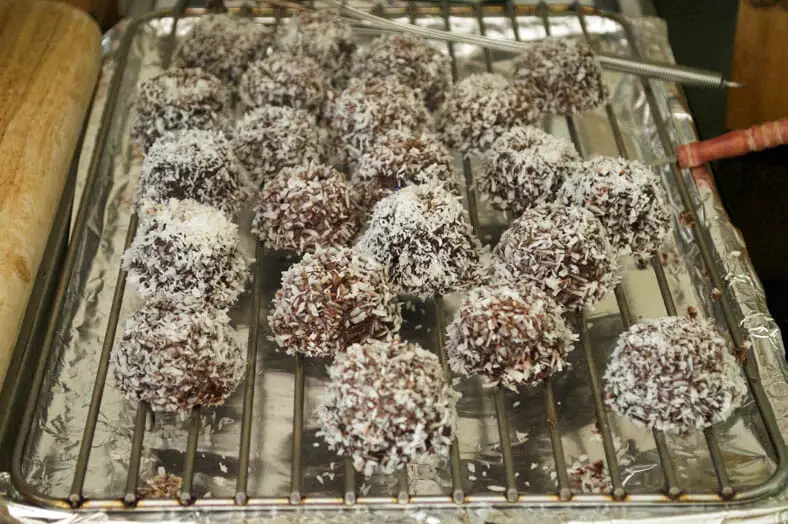
Our Take on the Recipe
You know you’re dealing with a beloved dessert on your hands when it has its own dedicated website, and the lamington has just that. As such, we decided to base our own recipe off of our original reference recipe from this dedicated lamingtons site.
Perhaps one of the most drastic changes we made to the general approach to our lamingtons came in the method of baking the sponge cake. Instead of creating one big cake from which to cut smaller dippable pieces from, we created “mini-cupcake lamingtons” if you will. This made it easier for us to focus on the overall assembly process of the lamingtons instead of, for example, trying to cut equal-sized pieces of sponge cake.
For the overall recipe, we did scale all the ingredients down to make fewer lamingtons, and we did our best to reduce less-healthy ingredients like powdered sugar while not compromising on taste. For one test batch, we did even try to make our chocolate icing with coconut sugar instead of powdered sugar, but this turned out to be a pretty big fail. Alas, powdered sugar is here to stay.
The batter, however, does have both coconut sugar and whole wheat flour in it instead. Even with these changes towards more “rough and tumble” ingredients, the sponge cake comes out beautifully and has a taste that we actually personally preferred to the original recipe.
Other than that, the ingredients for all the different components are fairly straightforward, and, especially coming from two non-expert bakers like us, the making of the lamingtons themselves are completely manageable and easy to do.
And once you sink your teeth into just one of them, you’ll quickly understand how they’ve defined such a strong legacy for themselves and their maker.
Enjoy!
Have you tried lamingtons before? Comment below!
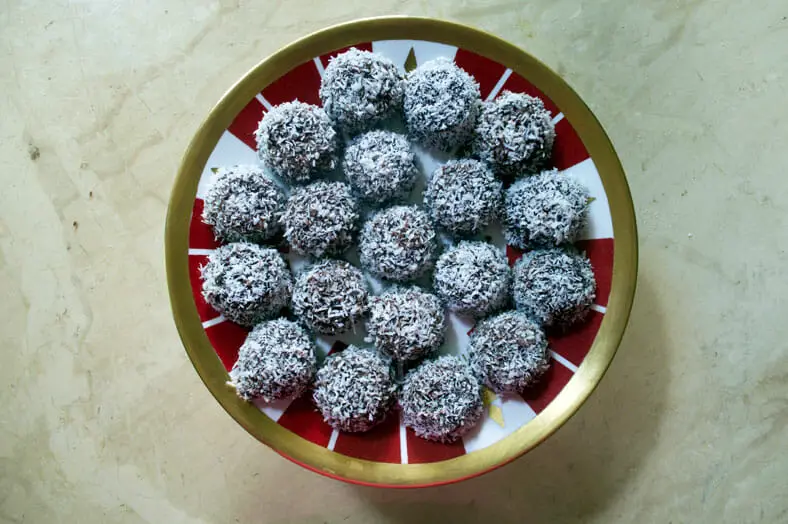

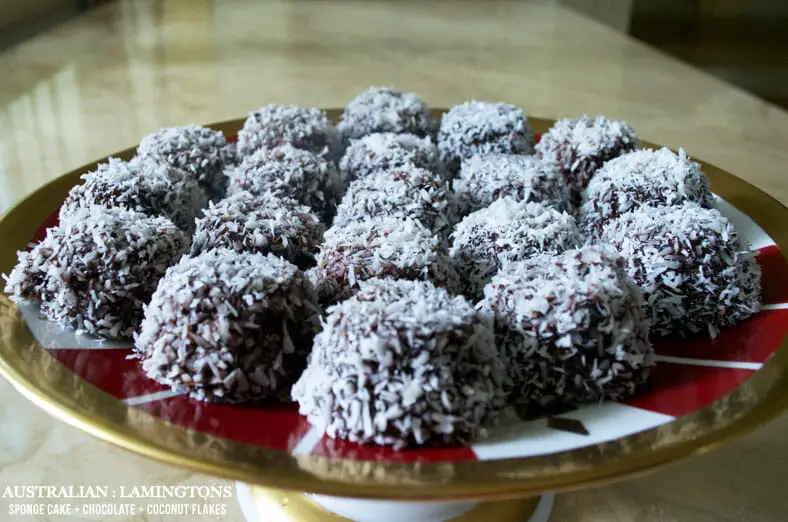
I love. love. love Lamingtons! These are fluffy and super-yummy. Glad that you featured this for Australia!
Had to.. we share the same love for lamingtons it seems 🙂 This was perhaps one of the quickest eaten dishes we’ve had here on the blog so far
I loved the history lesson, learned so much! And no, I have never had a Lamington. But they sound lovely and I would love to make these! (And eat them!)
Thanks, Allie! And we can totally attest that they are really awesome to make and eat 🙂
If you have a chance to try making them (they’re a cinch!), keep us posted
I’m so glad you shared these- Love lamington but hated them growing up haha!
Haha really? They seem like they’d be such a fan favorite with the kids 🙂